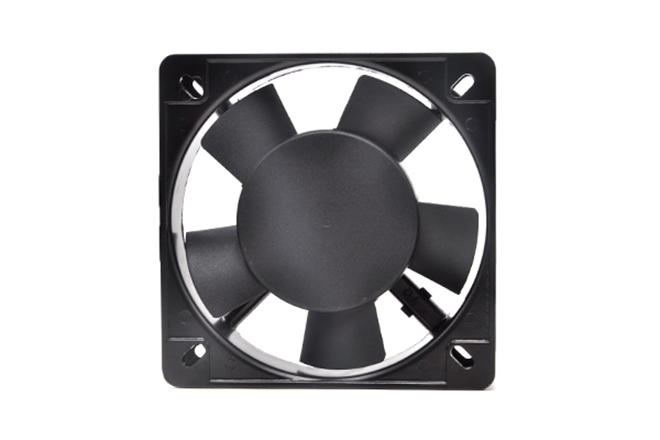

The cooling fan is an important component in a computer or other equipment, used to effectively reduce the temperature of the equipment. Let WELLSUNFAN explain to you the working principle and structure of the cooling fan.

The cooling fan usually consists of the following main components:
The rotor, which includes fan blades, is the core of generating airflow. It supports the balance of the rotation of the blades. The magnetic rings and permanent magnets facilitate the switching of magnetic poles to control the rotational speed. For optimal performance, using a fan guard grill can protect the rotor from external damage.
The stator comprises supporting springs, bearings, and the motor, providing high-speed rotation while ensuring low friction and long-lasting durability. In some designs, a frameless PC fan can be used to enhance airflow efficiency and reduce noise.
The frame serves as a support for the motor and plays a role in airflow guidance. Depending on the size and application, different fan grills such as 150mm fan grill and more options can be used to protect the frame and ensure optimal airflow.
The circuit board controls energy consumption and signal input/output.
The cooling fan’s working principle is based on the rotation of the electric motor.
After electrification, the coils in the motor rotates by force in the magnetic field.
The fan blades cut through the air, generating airflow. Blowing fans expel hot air, while suction fans draw in fresh air, both assisting in cooling the devices.
Air Flow: It is an indicator to measure the capacity of a fan, with the unit of cubic feet per minute (CFM). For instance, a 120mm fan grill can significantly influence the airflow capacity of a 120mm fan.
Air pressure: It indicates the ability of airflow to overcome wind resistance, with the unit of mm-H20. The cooling fan rotates the blades through the motor to generate airflow and effectively reduce the temperature of the devices. Using appropriate fan grills like the 180mm fan grill can help manage air pressure effectively.